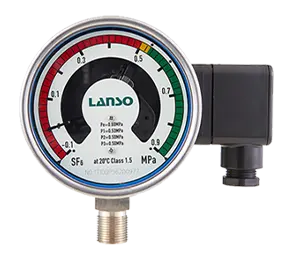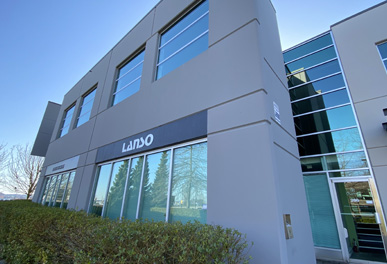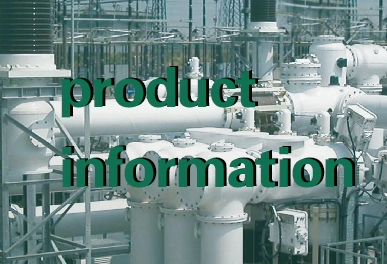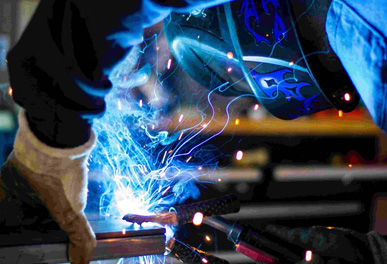SF6 Relay Check Meter Operating Conditions
SF6 Relay Check Preparation
1.When detecting the SF6 Density Relay, disconnect the control power supply connected to the density relay to avoid damaging the detector during the detection process.
2. Connect the alarm wire and interlock wire to the signal socket of the density relay, (red alligator clip connects the alarm point, green alligator clip connects the interlock point, ①yellow alligator clip connects the interlock point, ② three black alligator clips can be connected to any other end of each point. When performing single action signal detection, unused alligator clips can be idle, but do not short-circuit with other alligator clips.)
3. Connect the other end of the equipped signal test cable to the signal port on the instrument panel.
4. Connect the gas cylinder to the intake port on the instrument panel using the equipped connecting hose.
5. Connect the density relay to the measuring port on the instrument panel using the equipped connecting hose and transition joint.
6. If a pressure gauge test operation needs to be performed, connect the pressure gauge to be tested to the measuring port on the instrument panel; if a system pressure correction operation needs to be performed, connect the calibrated high-precision pressure gauge to the measuring port on the instrument panel.
7. Turn on the instrument power supply.
8. Open the valve on the gas cylinder.
SF6 Relay Check Precautions
Before going to the site, bring a toolbox and check the nitrogen gas content in the small gas cylinders in the toolbox. Also, bring all the transition connectors and tools required for switches.
Disconnect the alarm signal line and interlock signal line from the terminal block to prevent them from forming a loop with the secondary circuit, which may affect the testing.
The density relay being calibrated should not be placed horizontally, but should be placed upright to ensure accurate calibration.
Avoid excessive vibration of the density relay during the calibration process.
Follow the following tips when using gas cylinders.
Storage and Transportation of SF6 Relay Calibrator
The SF6 relay calibrator is a precision electronic product and should be stored at a temperature of -10 to 60℃, with a relative humidity not exceeding 90%, and the air should not contain corrosive gases.
During transportation, the calibrator should avoid severe vibration and impact, and prevent it from being exposed to rain or snow.
Gas source for calibration: Due to the regulations of national security inspection departments, transportation of the gas is prohibited. It can only be filled with gas at the user's location or at the testing site.







